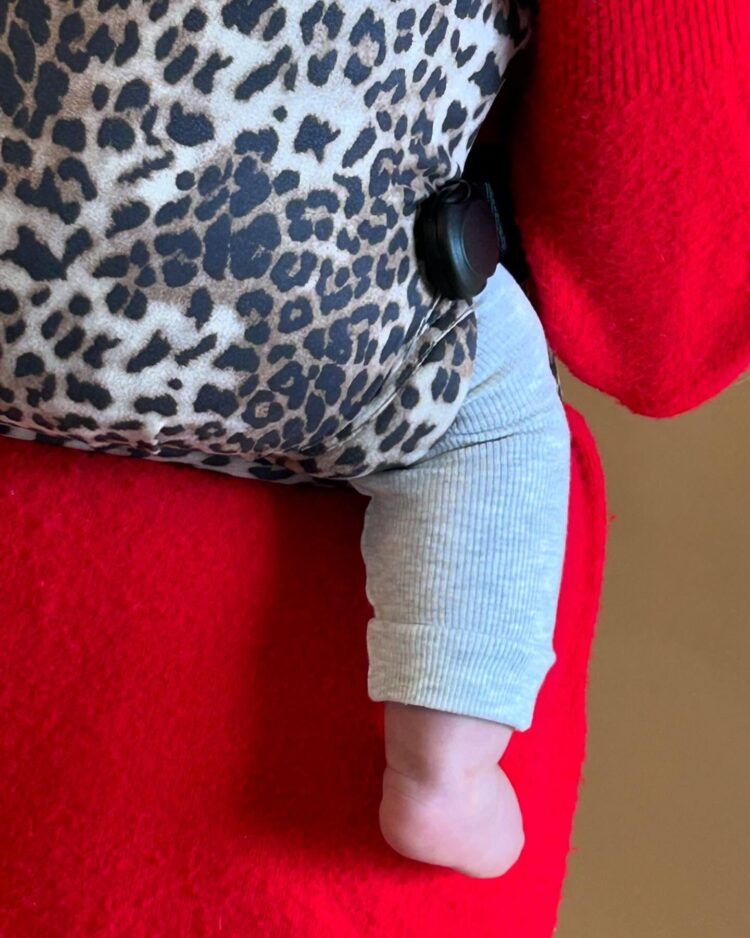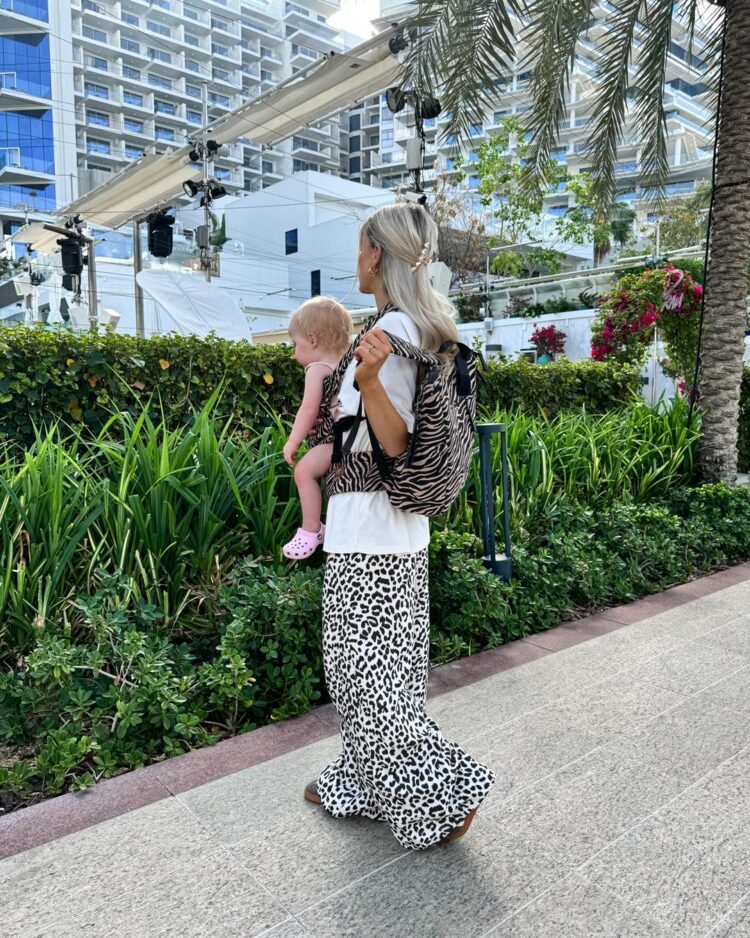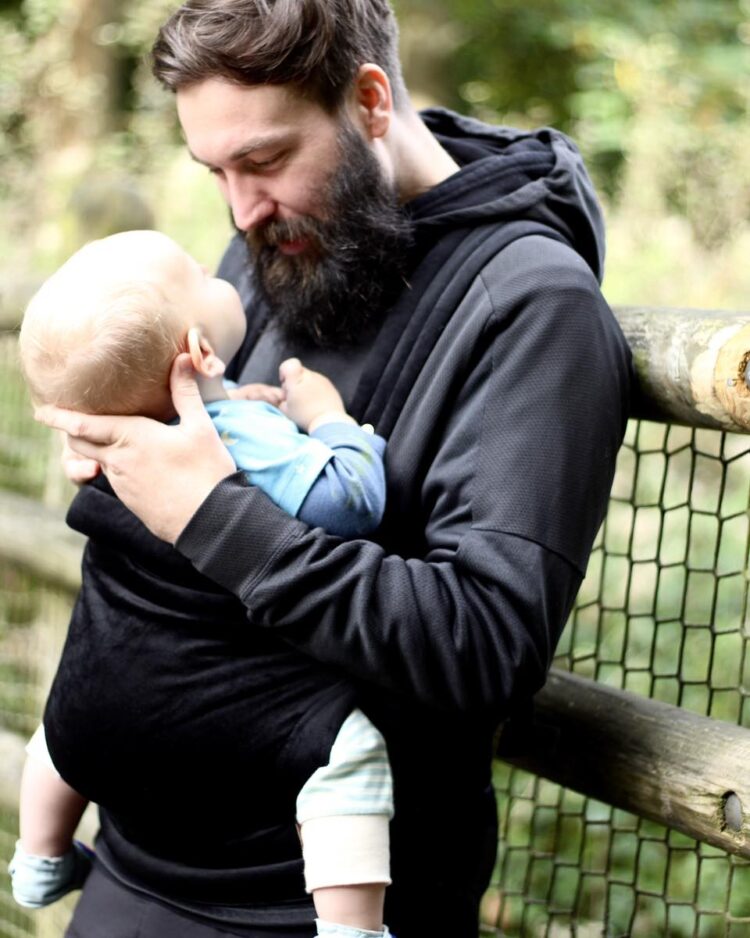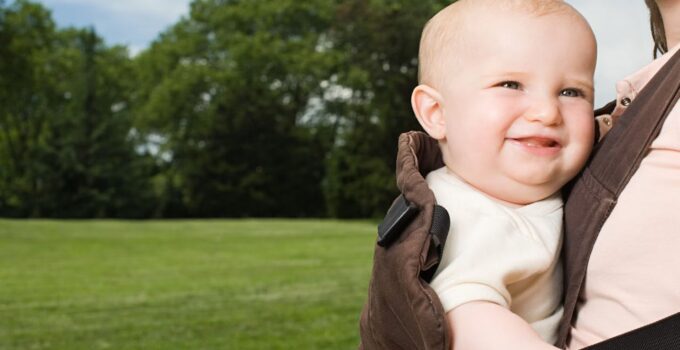As a parent, you’re constantly looking for ways to keep your little one close while keeping your hands free. That’s where baby carriers come in—a game-changer for many families. Our mission is to create innovative and exceptional baby products that foster comfort, convenience, and growth for both babies and parents, catering to the ever-evolving needs of modern families.
Here are the key points to consider when using baby carriers:
- Always wear the carrier correctly to ensure your baby’s comfort and well-being.
- Choose a carrier that fits both you and your baby properly.
- Follow the T.I.C.K.S guidelines for safe carrying.
- Monitor your baby’s temperature to prevent overheating.
- Practice different carrying methods to find what works best for you.
Page Contents
Benefits of Using Baby Carriers

Source:facebook.com
Using baby carriers can be incredibly beneficial for both parents and babies. It helps increase bonding, supports breastfeeding, and can even soothe a crying baby. Babies who are carried often cry less and get more stimulation from being close to their parents. This closeness can also enhance their cognitive development by exposing them to more sights and sounds. Plus, it’s a great way to get some exercise while keeping your baby happy and secure.
Imagine being able to walk around the park or do some light grocery shopping with your baby snug against you. It’s not just about convenience; it’s about creating moments of connection that are invaluable for both of you. Many parents find that baby carriers help them navigate daily tasks more easily, all while enjoying the warmth and closeness of their little one.
Choosing the Right Carrier
Choosing the right baby carrier can feel overwhelming with so many options available. Here are some tips to help you make the best decision:
- Try Before You Buy: If possible, try different carriers to see which one feels most comfortable for you and your baby. This might involve visiting a local baby store or asking friends if you can try theirs.
- Consider Your Body Type: Look for photos of people with similar body types to ensure the carrier will fit you well. Some carriers are designed for petite frames, while others are better suited for larger builds.
- Safety Standards: Make sure the carrier has been tested by an accredited facility and meets safety standards like those set by the U.S. Consumer Product Safety Commission.
When selecting a carrier, think about your lifestyle too. If you plan to use it for long hikes, you might want a carrier with extra support and padding. For everyday use around the house, a simpler design might be more suitable.
Tips for Comfortable Carrying
Comfort is crucial for both you and your baby. Ensuring that the carrier fits well and supports your baby’s back is essential. Here are some additional tips to enhance your carrying experience:
- Adjust the Carrier: Make sure the carrier fits well and supports your baby’s back. This will help prevent discomfort and ensure your baby stays in a healthy position.
- Check for Overheating: Be mindful of your baby’s body heat and adjust clothing as needed. Avoid using bulky coats or snowsuits, as they can cause overheating.
- Take Breaks: If you or your baby feel uncomfortable, take a break and reposition. This is especially important during long walks or extended periods of carrying.
Common Mistakes to Avoid
While baby carriers are generally safe, there are some common mistakes to watch out for. One of the most important things is to avoid laying your baby down in the carrier; they should always be upright. A loose carrier can also be dangerous, as it can cause your baby to slump, which might obstruct their airway. Always ensure the carrier is snug and secure.
Another mistake is not monitoring your baby’s temperature. Overheating can be a serious issue, especially in warm weather or when wearing bulky clothing. Keep an eye on your baby’s temperature and adjust their clothing accordingly.
Safety Tips for Baby Carriers

Source:facebook.com
Safety is paramount when using baby carriers. Here are some essential tips to keep in mind:
- High, Tight, In Sight: Ensure your baby is high on your chest, snug against you, and always visible. This allows you to monitor their breathing and ensure they’re comfortable.
- Airway Protection: Keep your baby’s chin off their chest to maintain an open airway. This is crucial for their safety and comfort.
- Avoid Bulky Clothing: Don’t use bulky coats or snowsuits, as they can cause overheating. Opt for lightweight clothing that allows for good airflow.
The Art of Practicing Different Carries
Practicing different carrying methods can help you find what works best for you and your baby. Start with simple front carries and gradually move to back carries. It’s a good idea to practice over a soft surface, like a bed or couch, in case you need to adjust quickly. As you become more comfortable, you can experiment with different positions and carriers.
One of the joys of baby carriers is the versatility they offer. Whether you’re running errands or just lounging around the house, there’s a carry that can suit your needs. Don’t be afraid to try new things and see what feels most natural for you and your baby.
As your baby grows, their needs will change, and so will your carrying style. For newborns, a snug front carry is often best, while older babies might enjoy being carried on your back. Here are some tips for navigating different stages:
- Newborns: Use a front carry with your baby facing inward. This helps them feel secure and close to you.
- Infants: As your baby grows, you can start using a back carry. This is great for older infants who enjoy looking around.
- Toddlers: For toddlers, a hip carry can be a fun option. It allows them to see everything while still being close to you.
Conclusion

Source:facebook.com
Using baby carriers can be a wonderful way to bond with your baby while keeping your hands free. By following these tips and choosing the right carrier, you can ensure a safe and enjoyable experience for both you and your little one. Remember, practice makes perfect, so don’t be afraid to try different methods until you find what works best for you. With time, you’ll become a pro at using baby carriers, and it will become an integral part of your parenting journey.




